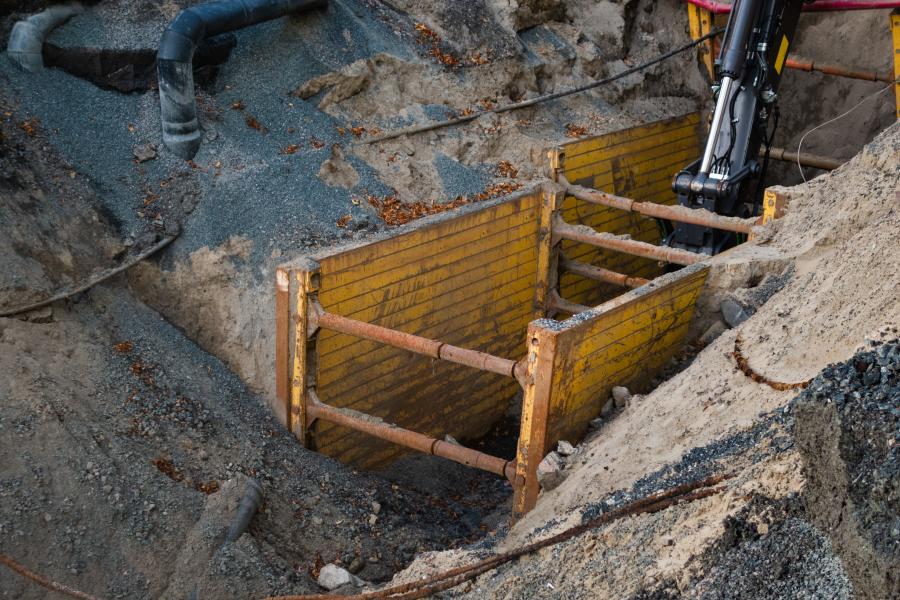Many constructions and engineering sites require trench digging. They are utilized to lay telephone lines and pipes. Trenching can be a laborious work because the soil that is found in these areas has excessive levels of moisture. This makes it difficult not only to remove all dirt and debris around objects but also to ensure yourself protected during this procedure since accidentally exposing skin could result in serious injury.
Trench boxes are required for any type or repair that involves accessing the ground. Trench boxes can also be used to protect against collapse depending on the soil quality and material thickness. They are constructed of aluminum/steel framing, which is temporary to keep it in place as excavation takes places within them. Additionally, grout is secured between two layers to ensure that there are no cracks at the site level.

Pre Installation
It is important to identify the potential hazards prior to beginning excavation. It is important to know the equipment required and how many persons will require access. Additionally, think about different methods that could have been employed to complete the task without placing lives or limbs at risk (such as techniques that are minimally invasive). Also, a full risk assessment should be carried out before the excavation to make sure that any hazards are easily detected before the excavation. This can help prevent any problems later.
It’s also crucial to think about the depth of your trench. You’ll need support from either sloping, or shoring in the case of a a 5-foot-wide strip. But, if the trench is 20 feet deep, it will require additional engineering work. This is due to the absence of straight sides on either side. Every building that rises above ground must consider the potential for foundation movement.
The trench must be accessible via a ladder or steps or ramp. It must be safe access within 25 feet of the workers whenever an emergency arises and it could be necessary to test for low oxygen levels or toxic gases by using specially designed containers known as “trench boxes.” The assembly of these devices is simple, but they can increase the risk of stacking them on top of one another as you don’t know how high your piles are going to reach their weak bottom.
Care The trench: Caring for it
1. Check the trench box or the support each day for any signs of damage, and any movements.
2. Safety equipment must be used by every employee working on-site.
3. It is recommended to keep heavy equipment and other tools at least three feet away from the trench edge.
Extraction
In the event of a trench, it will likely be more challenging than removing it, as the ground around it shifts. Chain slings are a good option to extract it and three different methods can help , one of them being using an overhead crane.
1. Straight Pull Straight Pull the most basic methods for taking materials. Simply attach your sling in two places and then raise it off.
2. Half Pull Half Pull one side of the trench box, and then raise as high as you are able before moving onto the next. This will allow you to remove any dirt or debris without causing damage to the yard.
3. Single Pull: To move the trench box, it is necessary to attach a single sling of chain slings to an extraction or lifting point and raise each panel in turn. Use your pull to remove the trench box.
For more information, click trench shore